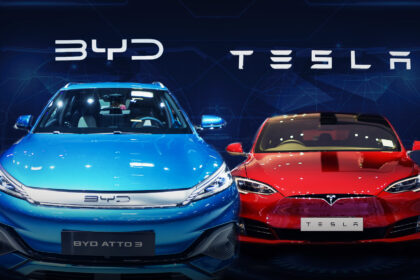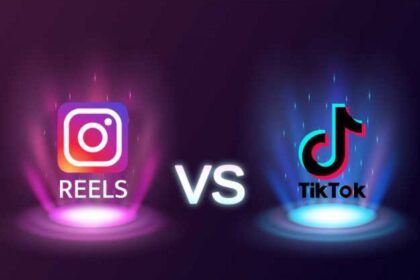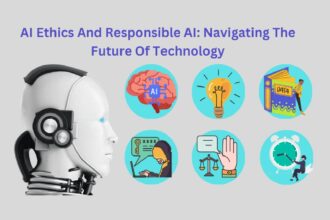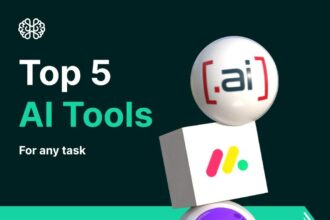Introduction
Artificial Intelligence (AI) has significantly transformed various aspects of our daily lives, particularly through the development of smart gadgets. These innovations not only enhance convenience but also improve efficiency, security, and health management. This article delves into the profound impact of AI on everyday gadgets, examining the integration of AI in smart home devices, the evolution of user experiences through voice assistants, and the advancements in health monitoring technologies.
AI Integration in Smart Home Devices (Exploring the Impact of AI on Everyday Gadgets)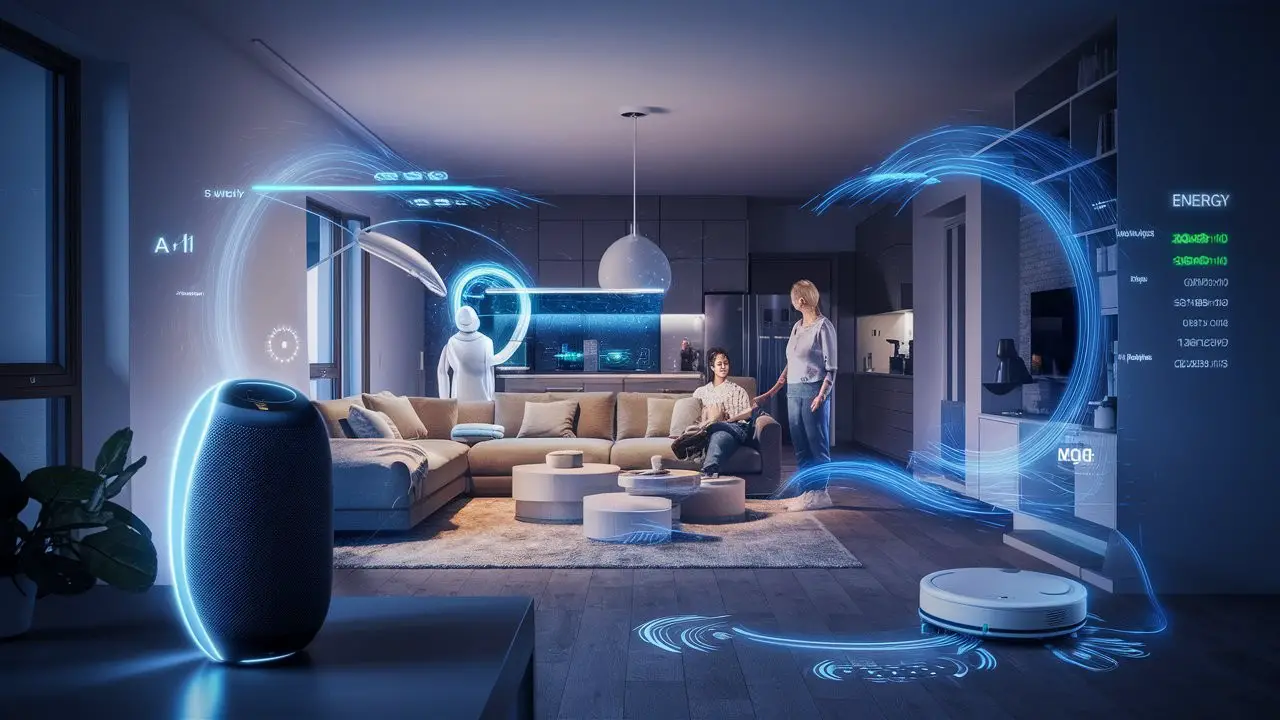
1. Smart Thermostats and Energy Efficiency
Smart thermostats are among the most prominent examples of AI integration in home technology. These devices utilize machine learning algorithms to analyze user behavior, enabling them to optimize heating and cooling systems more efficiently than traditional thermostats. By learning your schedule and preferences, AI-powered thermostats can adjust temperatures automatically, reducing energy consumption and lowering utility bills. For example, Google Nest and Ecobee are key players in this space, offering features that adapt to your lifestyle while maximizing energy efficiency.
Moreover, smart thermostats often come equipped with geofencing capabilities that allow the device to track your location via your smartphone. This functionality enables the thermostat to adjust the temperature when you leave or approach home, ensuring comfort while preventing unnecessary energy usage. In this way, AI not only contributes to individual comfort but also promotes overall energy conservation, aligning with global sustainability efforts.
2. AI-Powered Security Systems
The realm of home security has been revolutionized by AI technology, making homes safer and more secure. AI-powered security systems employ advanced algorithms to analyze video feeds in real-time, distinguishing between ordinary activities and potential threats. This capability allows for instant alerts to homeowners and law enforcement, significantly enhancing response times. Companies like Ring and Arlo have integrated AI features such as facial recognition, which can identify familiar faces and alert homeowners to unknown visitors.
Furthermore, these systems often use machine learning to adapt to patterns in the household’s behavior. For instance, if a user regularly unlocks the door at a specific time, the system can learn this schedule and filter out alarms triggered by routine activities. This smart adaptation not only increases security but also minimizes false alarms, which can be a nuisance for homeowners and police alike.
3. Intelligent Lighting Solutions
AI has also made significant strides in the domain of lighting solutions. Smart lighting systems, such as Philips Hue and LIFX, utilize AI technology to learn user preferences regarding brightness, color, and timing. These systems can be programmed to change lighting based on the time of day or activity—dimmed lights for movie nights or bright lights for morning routines, creating a custom environment that enhances comfort and mood.
Moreover, integration with AI voice assistants allows for seamless control of lighting through simple voice commands. This interaction not only provides convenience but also supports accessibility, catering to individuals with mobility challenges. The result is a more intuitive and responsive home environment that aligns with the natural rhythms of its inhabitants.
Enhanced User Experience with Voice Assistants (Exploring the Impact of AI on Everyday Gadgets)
1. Natural Language Processing Advances: Impact of AI
Voice assistants like Amazon Alexa, Google Assistant, and Apple Siri have transformed the way users interact with technology. At the core of their functionality is Natural Language Processing (NLP), a branch of AI that enables machines to understand and respond to human language. Recent advancements in NLP have led to more accurate interpretations of user requests, allowing voice assistants to engage in more fluid and context-aware conversations.
This capability has made it easier for users to execute commands that range from basic inquiries to complex tasks. For example, users can ask for weather updates, set reminders, or control other smart devices, all using conversational language. As NLP continues to evolve, the interactions with voice assistants become increasingly human-like, fostering a greater sense of connectivity between users and their technology.
2. Personalized Interactions and Recommendations
AI-driven voice assistants are not just reactive; they are increasingly proactive, recognizing patterns in user behavior to offer personalized recommendations. By analyzing past interactions and preferences, these systems can suggest music playlists, provide tailored news updates, or recommend recipes based on dietary restrictions. This level of personalization enhances user engagement, making interactions more meaningful and efficient.
Additionally, the ability to sync with various smart home devices allows voice assistants to create an integrated ecosystem. For instance, a user can ask their voice assistant to dim the lights, play their favorite music, and adjust the thermostat—all within a single command. This seamless interaction increases the utility of voice assistants, making them indispensable tools in the modern smart home.
3. Integration with Other Smart Devices
The integration of AI voice assistants with a multitude of smart devices has created a cohesive smart home experience. From smart refrigerators that can suggest grocery lists to ovens that can be preheated remotely, AI plays a critical role in enhancing the functionality of these gadgets. Voice assistants serve as the central hub for managing these devices, streamlining user interaction and automation.
This interconnectedness allows for complex routines and automation. For instance, a user can set a morning routine where the voice assistant gradually brightens the bedroom lights, plays a morning news briefing, and brews coffee—all triggered by a single wake-up command. Such orchestrated interactions illustrate how AI not only simplifies daily tasks but also enriches the quality of life by enabling users to focus on what truly matters.
AI-Driven Health Monitoring Gadgets (Exploring the Impact of AI on Everyday Gadgets)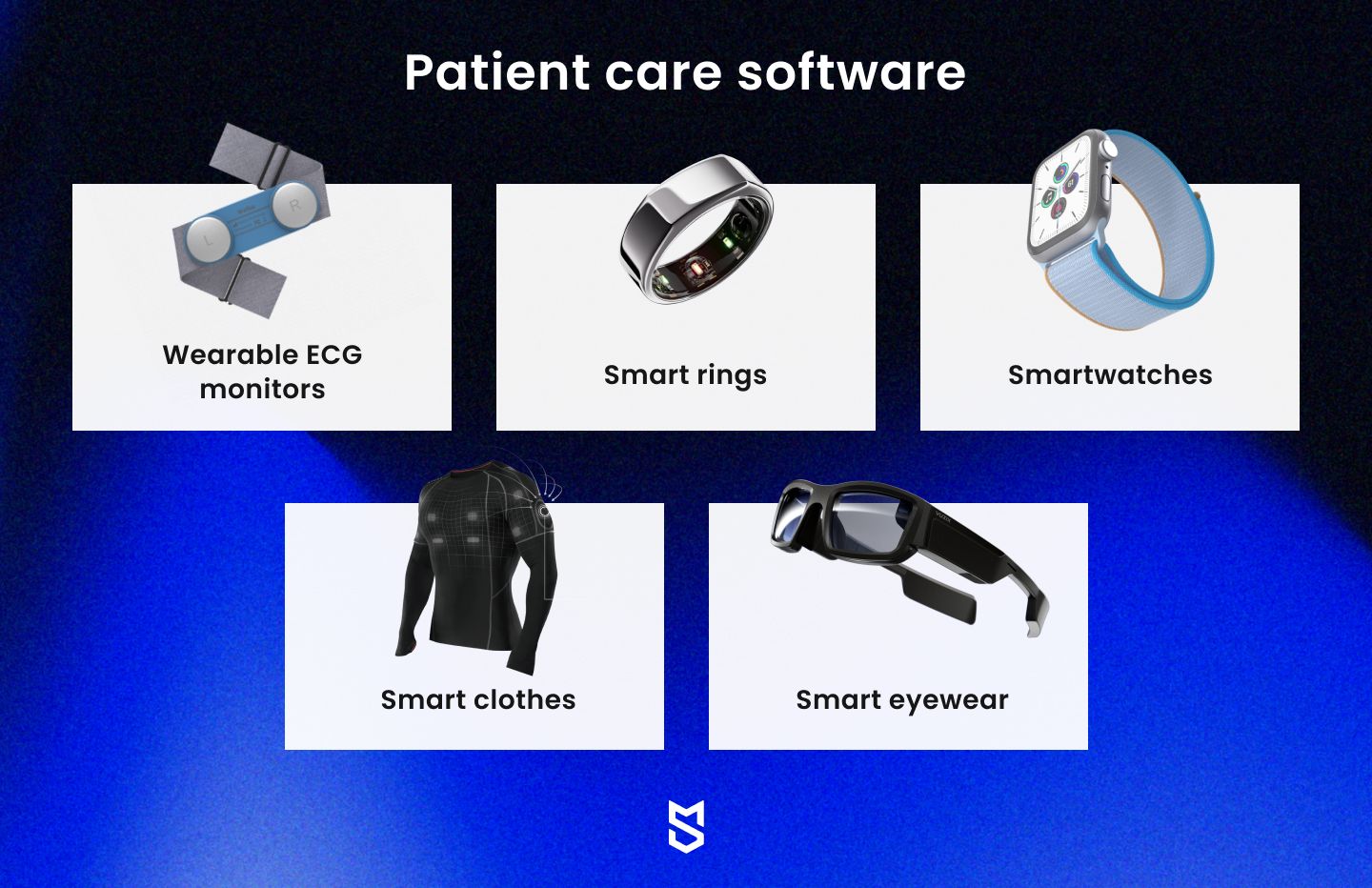
1. Wearable Fitness Trackers
Wearable fitness trackers, such as Fitbit and Garmin, have gained immense popularity due to their ability to monitor health metrics in real time. These devices use AI algorithms to analyze data collected from sensors that track heart rate, activity level, and sleep patterns. By providing insights into user health trends, these gadgets empower individuals to make informed decisions about their fitness and wellness.
AI-driven analytics also enable more personalized fitness plans and health recommendations. For example, if a user consistently falls short of their daily step goal, the tracker can suggest incremental increases to help them achieve better outcomes. This level of customization fosters greater adherence to fitness goals and promotes long-term health benefits, illustrating the positive impact of AI in personal wellness programs.
2. Smart Health Management Apps
In addition to wearables, AI health management apps have emerged as powerful tools for managing chronic conditions and promoting overall wellness. These applications often leverage machine learning to provide personalized health insights based on user data, including dietary habits, medication adherence, and symptom tracking. Such insights can help users identify patterns and triggers, allowing them to manage their health more effectively.
For instance, diabetic management apps can analyze blood sugar readings and provide tailored dietary recommendations, while mental health apps can offer mood tracking and coping strategies based on user inputs. This personalized approach not only enhances user engagement but also fosters empowerment, as individuals gain greater control over their health outcomes through data-driven insights.
3. AI in Telehealth Services
The rise of telehealth services has been accelerated by AI technology, particularly during the COVID-19 pandemic. AI facilitates remote consultations by enabling virtual health assessments and symptom analysis, streamlining the patient-doctor interaction. Chatbots powered by AI can provide immediate responses to medical inquiries, triaging patients based on their reported symptoms and directing them to appropriate care.
Furthermore, AI algorithms can analyze vast amounts of medical data to identify trends and predict health outcomes. This capability enhances disease management by enabling proactive interventions and personalized treatment plans. As telehealth continues to evolve, the integration of AI will play a crucial role in ensuring accessible, efficient, and effective healthcare solutions for individuals worldwide.
Read Also How I use Gemini Ai to create and update notes in Google Keep
Conclusion: Exploring the Impact of AI on Everyday Gadgets
AI’s influence on everyday gadgets is transformative, enhancing efficiency, security, and health management in ways previously unimaginable. From smart home devices that optimize energy use and safety to voice assistants that personalize user experiences, the role of AI is integral to modern living. Furthermore, AI-driven health monitoring gadgets empower individuals to take charge of their wellness, emphasizing the potential of technology to improve quality of life.
As we move forward, the continuous advancements in AI will undoubtedly unlock new possibilities, shaping the way we interact with technology and each other. Embracing these innovations not only enriches our daily experiences but also paves the way for a smarter, healthier future.
FAQs: Exploring the Impact of AI on Everyday Gadgets
What are some examples of AI in smart home devices?
Examples include smart thermostats like Google Nest, AI-powered security cameras from Ring, and intelligent lighting systems such as Philips Hue.
How do voice assistants improve user experience?
Voice assistants utilize natural language processing to understand commands, provide personalized suggestions, and integrate with various smart devices for seamless control.
What role do wearables play in health monitoring?
Wearables track vital health metrics, providing real-time data and personalized insights that help users manage their fitness and wellness effectively.
How is AI transforming telehealth services?
AI enhances telehealth by enabling remote assessments, symptom analysis, and personalized treatment plans, improving accessibility and efficiency in healthcare delivery.






